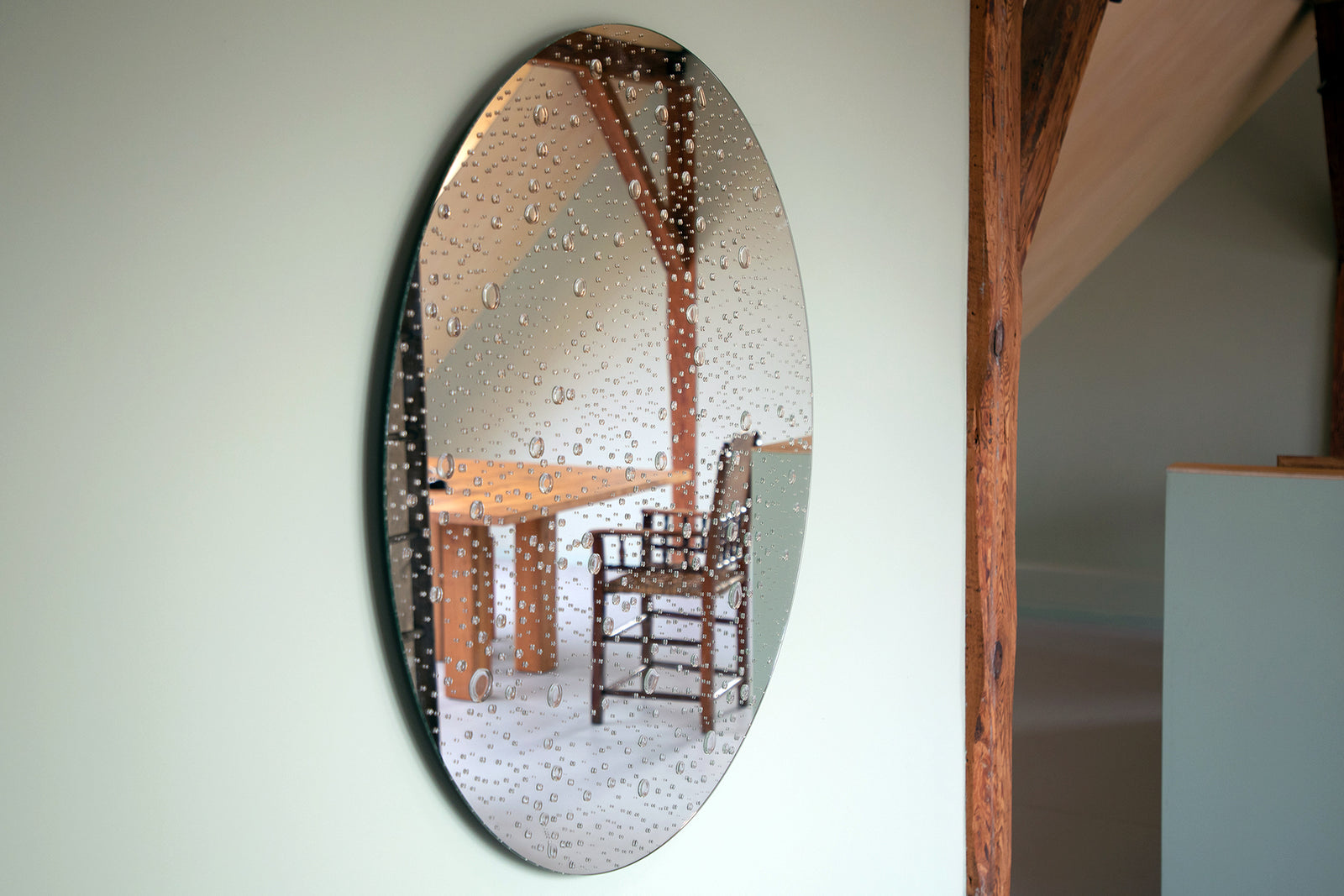JEAN COCTAU'S MIRROR PHASE

Surrealist painter, poet and filmmaker Jean Cocteau (1989-1963) worked with mythology, fantasy, and the subconscious.
A fascination with mirrors as portals to other worlds or dimensions and reflections of the subconscious runs through much of his work.

One of Cocteau's most famous films, "Orphée" (1950), heavily features mirrors as a central motif. In the film, mirrors serve as mystical gateways between the real world and the underworld, blurring the lines between reality and imagination.
In his works, mirrors often represent the inner struggles or transformations of the characters, offering glimpses into their psyches or revealing hidden truths.
On a technical level, Cocteau used some very charming, almost childish practical special effects. More than once, he built a wall as a floor, with a body of water as the mirror and had the protagonist enter the water as if entering a portal.
This is what we did before computers, kids. His iconic experiments with water inspired our RAIN mirror.



